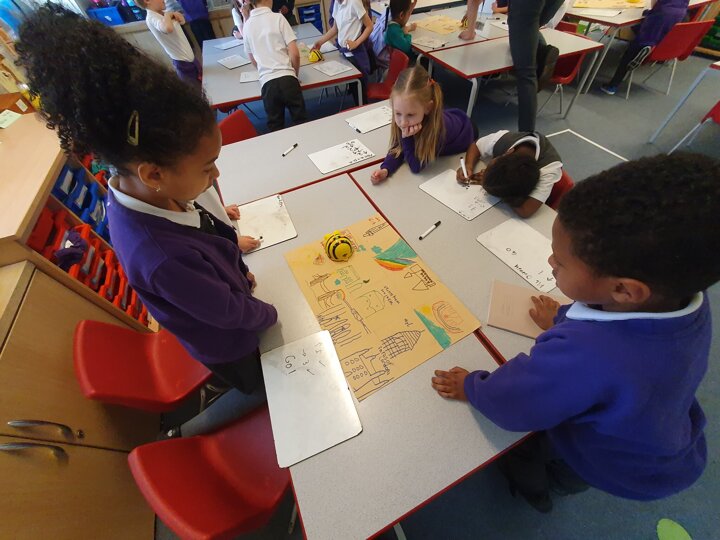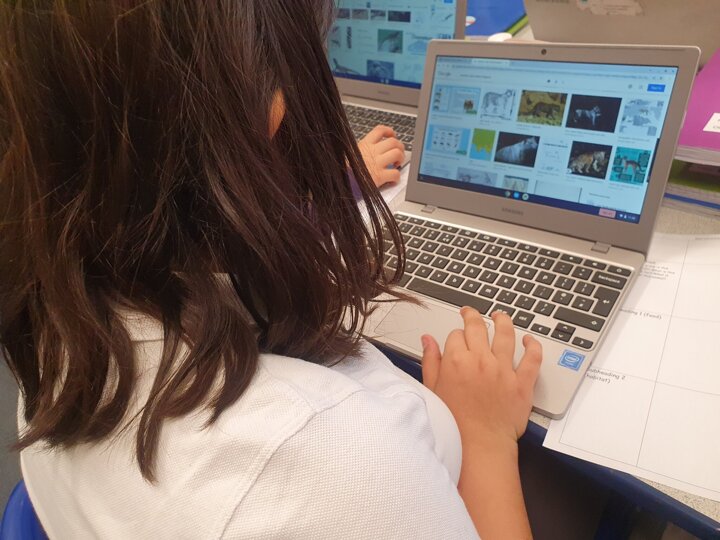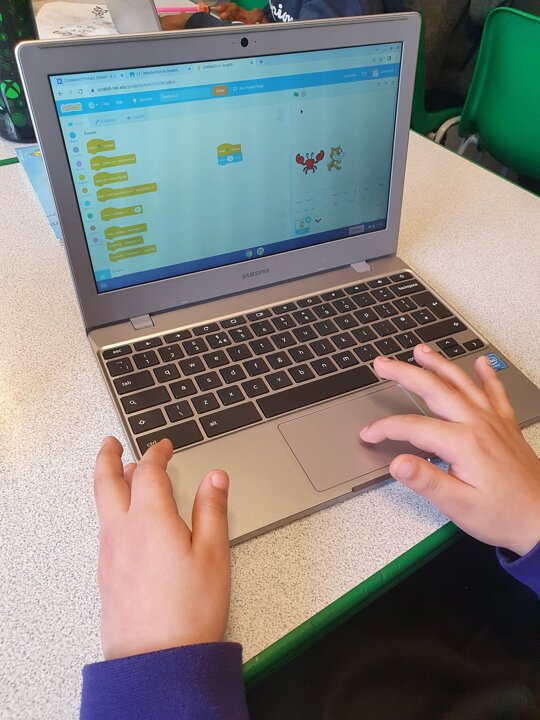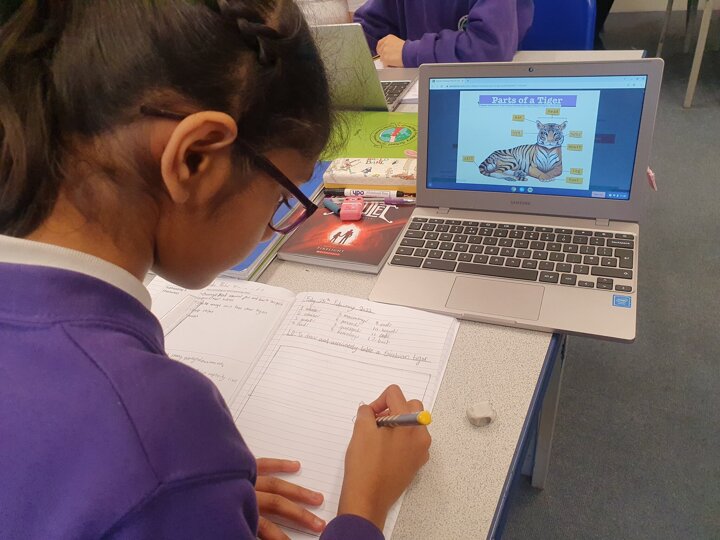Intent
What are our aims?
Our aim at Crowland is to provide a high-quality curriculum that gives children the opportunity to develop their computational thinking and creativity, enabling them to become active participants in the digital world. Technology is everywhere and will play a pivotal part in children’s lives: at home, in education and employment. We want to model and educate our students on how to use technology positively, responsibly and respectfully. Furthermore, we want our pupils to be fully aware of the measures that can be taken to keep themselves and others safe online. Our computing curriculum focuses on a progression of skills in digital literacy, computer science, information technology and online safety to ensure that children become competent in a range of computing skills as well as developing creativity, resilience and confidence. Additionally, we want our pupils to understand the advantages and disadvantages associated with technology and online experiences and use their problem-solving and critical thinking skills to evaluate existing, new and unfamiliar technologies and information presented on social media.
Computing is an essential part of the curriculum; a subject that not only stands alone but should be integrated into all areas of learning. At Crowland, we want our pupils to understand how Computing has links to mathematics, science, engineering, design and technology.
Implementation
How will we achieve our aims?
Our scheme of work for Computing is adapted from the ‘Teach Computing’ Curriculum and covers all aspects of the National Curriculum. This scheme was chosen as it has been created by subject experts and is based on the latest pedagogical research. To ensure a broad range of skills and understanding, Computing is taught across three main strands: digital literacy, computer science and information technology. Our scheme has been closely referenced against the 2014 National Curriculum attainment targets in order to ensure progression and coverage.
Children will be taught through our 4 Key drivers.
Active Learning:
Children will have access to the hardware (computers, programmable equipment, Chromebooks) and software (Microsoft Office, Google Classroom, Scratch) that they need to develop knowledge and skills of digital systems and their applications.
Effective Communication:
Children will learn how to communicate their learning in creative ways using word processing and media. We will focus on modelling and applying the correct terminology to broaden children’s vocabulary and understanding of computing.
Taking Care of Self and Others/ Global Awareness and Responsibility:
Children will have the opportunity to explore and respond to key issues such as digital communication, cyberbullying, online safety, security, plagiarism and social media through celebrated days (Safer Internet Day), assemblies, Computing lessons, visits from experts and learning from other peers.
A key part of implementing our computing curriculum is to ensure that the safety of our pupils is essential. We take children's online safety seriously and work to empower them with the knowledge and skills they need to keep themselves safe online.
Children build online resilience through the use of the ‘Project Evolve – Education for a Connected World’ framework. The framework intends to support and broaden the provision of online safety education so that it promotes the development of safe and appropriate long-term behaviours, and support educators in shaping the culture within their setting and beyond.
Impact
How will this impact on the children?
As a result of effective implantation, pupils at Crowland Primary School should:
• Be confident and enthusiastic users of technology both at home and in school.
• Understand, explain and apply essential concepts such as algorithms, debugging, logic and decomposition.
• Have a secure understanding of the positive applications and specific risks associated with a broad range of digital technology.
• Explain how to be responsible, competent, confident and independent users of information and communication technology.
We measure the impact of our computing curriculum by interviewing pupils about their learning, children’s work in books and saved on individual accounts, photo evidence and monitoring lessons. This will then inform future adaptions of the scheme of work and help to ensure that progression is evident throughout the school.




